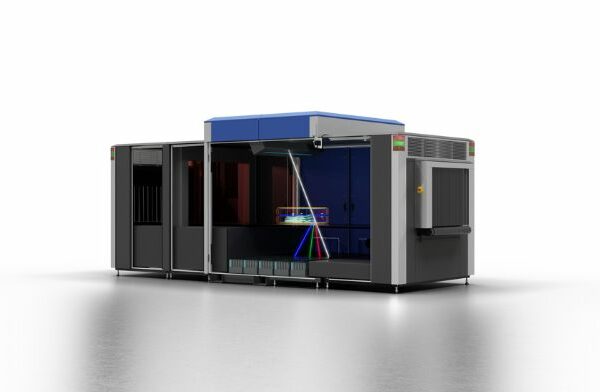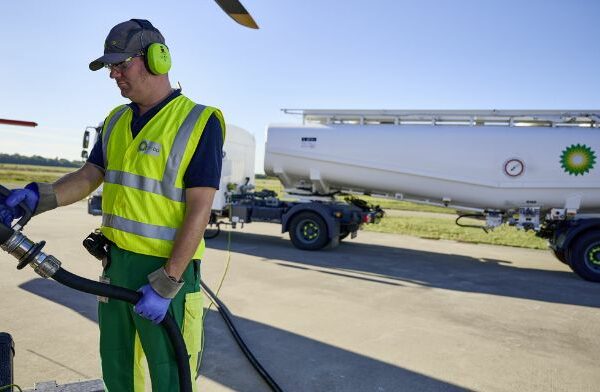Frequentis AG, HungaroControl, DLR and Selex ES GmbH (Leonardo LTP) have conducted a first successful validation campaign on a ‘Remote Tower for Multiple airports’ in Braunschweig.
The companies said the validation results showed the operational feasibility of the concept.
While remote towers have been deployed in former projects, the SESAR 2020 project PJ05 aims to bring the concept of remotely controlling multiple airports to the next maturity level.
The companies say that multiple remote tower operations show it is possible for a single air traffic controller to safely provide air traffic control services remotely to more than one airport.
At the DLR Air Traffic Validation Center in Braunschweig, a single remote tower controller was in control of three airports simultaneously. In a human-in-the-loop real time simulation seven Hungarian civil and military controllers managed up to 30 movements per hour at three Hungarian airports; Budapest, Papa and Debrecen.
An integrated multi-tower position, combining relevant information of three airports, were provided to the controllers. A new multi-airport planning tool, closely integrated with the Frequentis electronic flight strip solution, called smartSTRIPS, was used to plan and organise the work over multiple airports.
The ‘out of the window’ view of the three airports was displayed on several large screens and augmented with radar and support information, while wind shear information provided by Selex was integrated to represent an operational constraint and for testing the situational awareness.
The integration of voice communication systems in the video presentation and on the electronic flight strips system enabled the controller to handle the workload, plan the traffic and associate the airport in a multi-remote environment.
DLR researchers and Frequentis human factor experts assessed the controllers’ eye point of regard, their perceived situational awareness, workload and acceptance as well as efficiency and safety in handling the various traffic situations in order to judge the overall operational feasibility of the concept and the design of the controller working position. The validation results suggested the operational feasibility of the concept. Key elements of a multi-airport solution are integration and a harmonised HMI.
The second phase of this simulation campaign will be conducted at the DLR premises in 2018 and following this, it is planned to endorse the concept on a real validation platform based on Frequentis smartVISION Solution together with HungaroControl and Selex at HungaroControl’s premises in Budapest.






